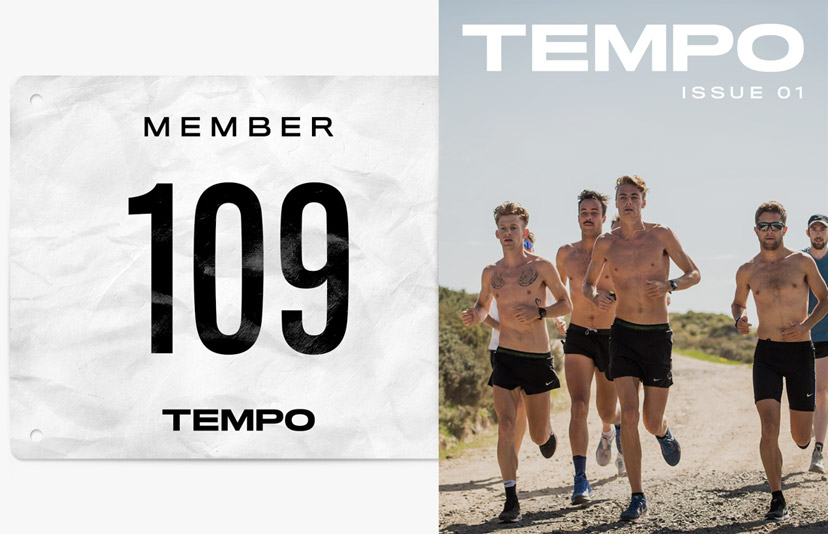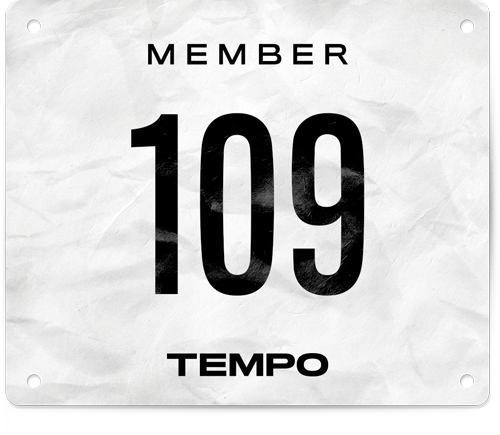Performance
Nike release the 2019 Nike Free 5.0
Free goes back to its roots
Do you remember what you were doing in 2004? A young Eliud Kipchoge came 3rd in the 5,000m at the Athens Olympics, as did Tirunesh Dibaba (wow, read that again). Nike were busy dropping the first ever Nike Free 5.0; a shoe designed to replicate the benefits of barefoot running in a safer environment (The hero colourway was blue/yellow if you’re old enough to remember it).
If you’re not old enough to remember the Nike Free in 2004, you might think you know what Free is all about, but let me catch you up.
Back in the early 2000’s, a team of Nike designers including Tobie Hatfield (Tinker’s brother, if you’re wondering) met with Stanford’s coach at the time, Vin Lananna, who apparently fed back that he thought Nike had stopped thinking of the foot when designing running shoes. The Stanford teams were doing occasional sessions barefoot on golf courses at the time, something Lananna thought crucial to their success.
This led the design team to start from the ground up (pardon the pun) on an innovation that would work with the foot, not against it, and promote a natural range of motion, thereby increasing strength in the foot and the muscles around it (Think about the era we’re talking about here – running shoes were big and heavy and stiff).
Why does this matter? There’s a bunch of reasons, but we know that allowing muscles to extend through a fuller and more natural range of motion is going to lead to stronger muscles, and I can’t think of a time when someone has asked for weaker muscles.
Consider the training environments of East African runners; so much of their running is done on rocky dirt roads, through uneven fields, and on tracks that are substandard compared to what we run on. This environment naturally lends itself to increased foot strength, balance, and flexibility. Do East Africans win races because they have stronger feet than their competition? No, but there is something to be said for the way they cover ground.
Let’s skip ahead – the Nike Free changed running shoes, no question. Not only directly in terms of the barefoot running movement, but in what designers learned through the Free franchise. Layers were stripped back, uppers became lighter, and midsoles became lower in profile.
But while other models in the Nike line-up were getting better because of what was learned with Free, The Free itself was slowly becoming less and less like it was intended to be. I don’t think it’s a stretch to say that at some point the shoe started to be looked at as more of a casual shoe than a training tool for runners.
Rather than let an icon die, the Nike design team went back to the kitchen and created what’s now dropping as the 2019 Nike Free Collection.
Before we go too much further - the big call out here is that this shoe is intended as a training tool, not an everyday running shoe. It's a resource for regular runners to help develop strength as part of their weekly training plan - that's an important distinction. I asked Nike's VP of Running Footwear, Brett Holts, about Nike's commitment to the 'other days of the week' - those days when an athlete isn't doing their key workouts.
"The most mainstream needs for an athlete are obviously a product to log miles in, and another to race in. That’s where Zoom and React come in and we’ll continue to innovate there.
We also know that there are asks and needs from athletes for other experiences that may not be massive in terms of the market, but they’re still really important in for the athlete. That’s where things like Free come in.
The Free is intended to deliver on a pretty unique benefit that we think can ladder up to that vision that we have to make runners better."
We’re going to focus on the main model, the 5.0. The numbering system on Free refers to degrees of flexibility or natural motion. So running barefoot would be a 0, and wearing a neutral, ‘normal’ running shoe would be a 10. The 5.0 has always been the key model, but Nike have released 3.0 and 7.0 models previously as well (fun fact – there has only ever been one .5 as far as I know, a 4.5 that was achieved by putting a different sock liner in a 5.0).
First, the upper – it’s a mesh upper which is highly elastic; this is where most of the fit is coming from as the laces are really just for tuning the fit rather than lockdown. The upper also features synthetic suede overlays – these are actually lighter and stronger than natural suede but still offer the suede feel. On the heel you’ll notice there is no heel counter – this goes back to the original findings in research for Free – when runners run barefoot or minimalist they land a lot flatter, which reduces the movement of the heel through impact – meaning there is no need for a heel counter.
From an aesthetic perspective, there is no huge swoosh on this. In fact the smaller swoosh on the toe box is in reference to the intention for this to be a low mileage shoe.
Let’s look at the midsole now – there’s a 6mm heel drop (the difference in height from the heel to the front of the shoe) which is down 25% from the last Nike Free and encourages a more natural stride - remember, barefoot runners typically land flatter than runners in high heel drop trainers. The flex grooves are also a lot more prominent in the midsole in the 2019 version compared to the 2018 Nike Free - notice how far up the midsole they come.
Finally, the outsole. As we’ve seen on Nike Free since 2004, it appears to have a number of cuts or grooves running both ways along the outsole. These are called ‘sipes’ and they promote natural flexion. Nike used data mapping to look at where these sipes needed to be based on where pressure is applied during the foot striking the ground, and where they should be deeper or shallower to promote more flexibility.
The other interesting thing about these sipes is that they were added to the footbed for the first time, which increased flexibility further.
The net result of this is a shoe that is 26% more flexible than the 2018 version.
The look of the shoe is a massive departure from what we’re used to with Free. Personally, I think it’s a great move; it reinforces that this is a technical training tool, not a casual shoe. Nike designer Rolando Hernandez remarked during the project “Anatomical doesn’t mean the shoe has to look like a foot”, and I think it’s pleasing to see a fresh design approach on Free.
WHEN DO I WEAR IT?
So, you want to give this a go but you don’t know where to start, right? Here’s the low down.
If you were starting a gym program, you wouldn’t aim to recreate Arnie’s key scenes from Pumping Iron on your first day in the strong room. It’s the same with your feet. Nike have recommended easing into the Free – starting by wearing it around the house, on short walks, and building up slowly. If you’re someone who does a 10-15 minute warm up before a session, or a similar cool down jog after your main run, this would be a great time to pull Free out of your bag.
After a few weeks of this, wearing them on your easy run once a week is going to replicate the barefoot running at Stanford that originally inspired the Free back in the day.
As mentioned, back in the day Nike actually included a training guide with Nike Free (for the first year only). While they won't be doing that with this release, word is they'll be using store staff and digital education pieces to ensure people are comfortable with the do's and don't's.


